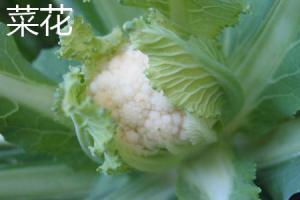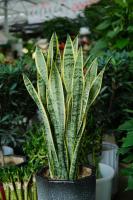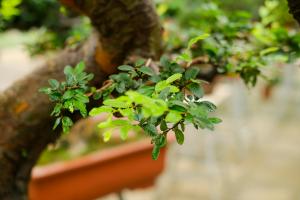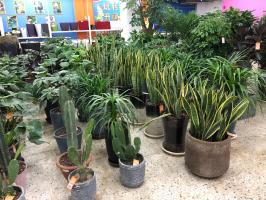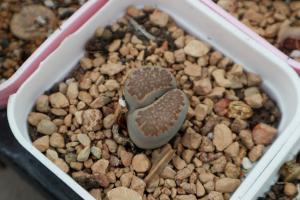What Type of Plant is a Water Hyacinth?
A water hyacinth (Eichhornia crassipes) is an aquatic plant that is native to South America but can now be found in various parts of the world. It is considered as an invasive species in many countries due to its fast reproduction rate and ability to form thick mats on the surface of the water.
Description of Water Hyacinth
Water hyacinths have round, flat leaves that are glossy and green on the upper surface and purple underneath. They also have long, thick, and spongy stalks that allow them to float on the surface of the water. The plant produces a beautiful purple flower on a spike that rises above the leaves.
Habitat of Water Hyacinth
Water hyacinths prefer slow-moving or still water bodies such as ponds, lakes, and rivers. They thrive in warm, tropical and sub-tropical climates with high levels of sunlight. Although they can tolerate a wide range of water conditions, they grow best in nutrient-rich waters.
Reproduction of Water Hyacinth
Water hyacinths reproduce through two methods: vegetative and sexual. The vegetative method involves the production of side shoots or runners from the mother plant, which eventually break off and grow into new plants. The sexual method involves the production of seeds which can be dispersed by wind, water, or animals.
Uses of Water Hyacinth
Despite being considered an invasive species, water hyacinth has some beneficial uses. It is used in bioremediation projects where it is used to absorb excess nutrients such as nitrogen and phosphorus from polluted water bodies. It is also used in the production of handicrafts such as baskets, bags, and mats.
The Negative Impact of Water Hyacinths
Water hyacinths can have a negative impact on the environment and human activities. Their ability to form dense mats on the surface of the water can impede water flow, lower the oxygen levels in water bodies, and hinder the growth of native aquatic plants. They can also clog waterways, hamper transportation, and block irrigation systems.
Control and Management of Water Hyacinth
The control and management of water hyacinth involve various methods such as physical, chemical, biological, and cultural control. Physical control involves the use of equipment such as nets and harvesters to remove the plants from water bodies. Chemical control involves the use of herbicides to kill the plants. Biological control involves the use of natural predators such as weevils to limit the growth of the plants. Cultural control involves the regulation of water nutrient levels and the prevention of the introduction of new plants into water bodies.
Conclusion
Water hyacinth is an aquatic plant that is known for its invasive nature and negative impact on water bodies. However, it also has some beneficial uses and can be managed through various control methods. Understanding the nature and reproductive ability of the plant is crucial in developing effective control measures.

 how many times do yo...
how many times do yo... how many planted tre...
how many planted tre... how many pine trees ...
how many pine trees ... how many pecan trees...
how many pecan trees... how many plants comp...
how many plants comp... how many plants can ...
how many plants can ... how many plants and ...
how many plants and ... how many pepper plan...
how many pepper plan...